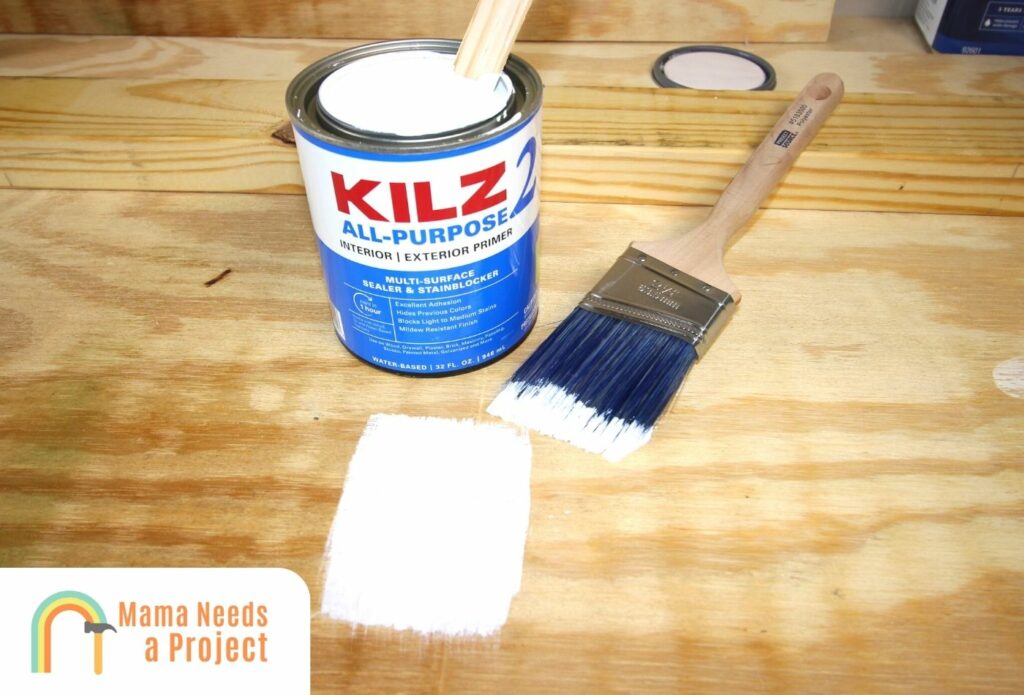Does Primer Need to Be Shaken? (What to Know!)
If you’re working on your next project, priming is an essential step to get the results you want when painting. But do you have to shake primer? Or can you just start applying it? Let’s find out!
Does Primer Need to Be Shaken?
Before applying primer to any surface, it’s essential to ensure that it is well-mixed.
Primer components, such as pigments, binders, and solvents, can separate over time. Shaking (or stirring) the primer is necessary to redistribute these ingredients, which may have settled at the bottom or along the sides of the container. This ensures that the primer’s properties, such as color consistency and adhesion capability, are fully restored before applying it.
Does Kilz Need to Be Shaken?

Kilz, a popular brand known for its effective sealing and covering properties, is no exception to this rule.
Just like other primers, Kilz needs to be thoroughly shaken before use. This step is crucial to guarantee that all its components are evenly distributed so you get consistent coverage and optimal adhesion when applied.
Looking for the best primers? Check out my Kilz vs Zinsser primer comparison for more help!
Should You Shake or Stir Primer?
The method of mixing primer—whether to shake or stir—depends on the type of primer and its formulation. Here’s a breakdown of when each method is appropriate:
When to Shake Primer
Shaking is generally recommended for solvent-based or oil-based primers.
These types of primers often have heavier particles that settle at the bottom of the can. Shaking is effective in integrating these heavy particles back into the solution.
If you’re working with a spray primer, it’s particularly important to vigorously shake aerosol primer cans to ensure that the agitator ball inside helps mix the contents thoroughly.
I always recommend you follow the manufacturer’s instructions. If they suggest shaking, adhere to their recommended duration to achieve the best mix.
When to Stir Primer
On the other hand, stirring is preferable for water-based or latex primers.
Stirring these primers gently with a paint stirrer or a similar tool is usually sufficient to achieve a homogenous mixture. This method is less likely to introduce air bubbles into the primer, which can be problematic during application. It’s also a safer choice to avoid potential splashing, which can occur with more vigorous shaking.
I also recommend regular stirring when applying primer across larger projects to maintain consistency.
You can also check out these amazing exterior primers for your next outdoor project!
Final Thoughts
So, does primer need to be stirred or shaken before applying? It’s an easy “Yes!” for this one. Shaking or stirring will help to mix the substances to ensure the best coverage and adhesion possible.

